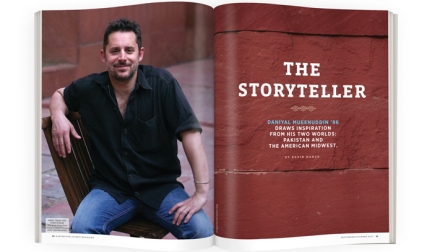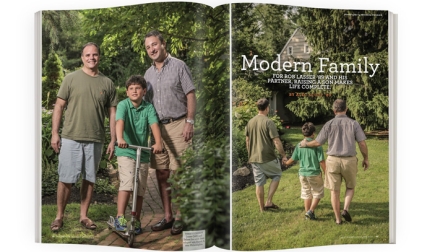This fall the Hood will present a major exhibition of Pablo Picasso’s celebrated Vollard Suite etchings, along with related prints by Rembrandt and Goya. The show, which will be on view August 17-December 20, offers a remarkable opportunity to study and enjoy the work of one of the most innovative and influential artists of the 20th century. The exhibition presents the 100 etchings that Picasso made between 1930 and 1937, which are collectively known today as the Vollard Suite, after the French art dealer Ambroise Vollard, who commissioned them. These rarely seen etchings reveal the Spanish artist’s mastery of the printmaking process, as well as his dialogue with Surrealism and the art of the past. The dominant motif of the Suite is that of the sculptor in his studio, a theme that had biographical overtones for the artist, who in 1932 established a sculpture workshop in the Château du Boisgeloup, near Paris. Many of these etchings were inspired by the sculptures he completed at his country house, which present an idealized image of the studio life he shared with his young lover and model Marie-Thérèse Walter. The works illustrate the two worlds to which Picasso owed allegiance at this time, namely the harmony and order of classical art and the Surrealist world of dreams and the imagination. Among the many highlights of this pre-Guernica work is Picasso’s Faun Unveiling a Sleeping Woman, one of the most dramatically expressive prints in the Suite, in which a faun—the half-man, half-goat of classical mythology—lifts a sheet to unveil the naked body of a slumbering woman. This action afforded Picasso a wonderful metaphor for the Vollard Suite itself, as the artist pulled or lifted sheet after sheet from the printing press to reveal the unbounded richness of his graphic creations.
Michael R. Taylor is director of the Hood Museum of Art and an authority on the work of Picasso and other modern artists.




